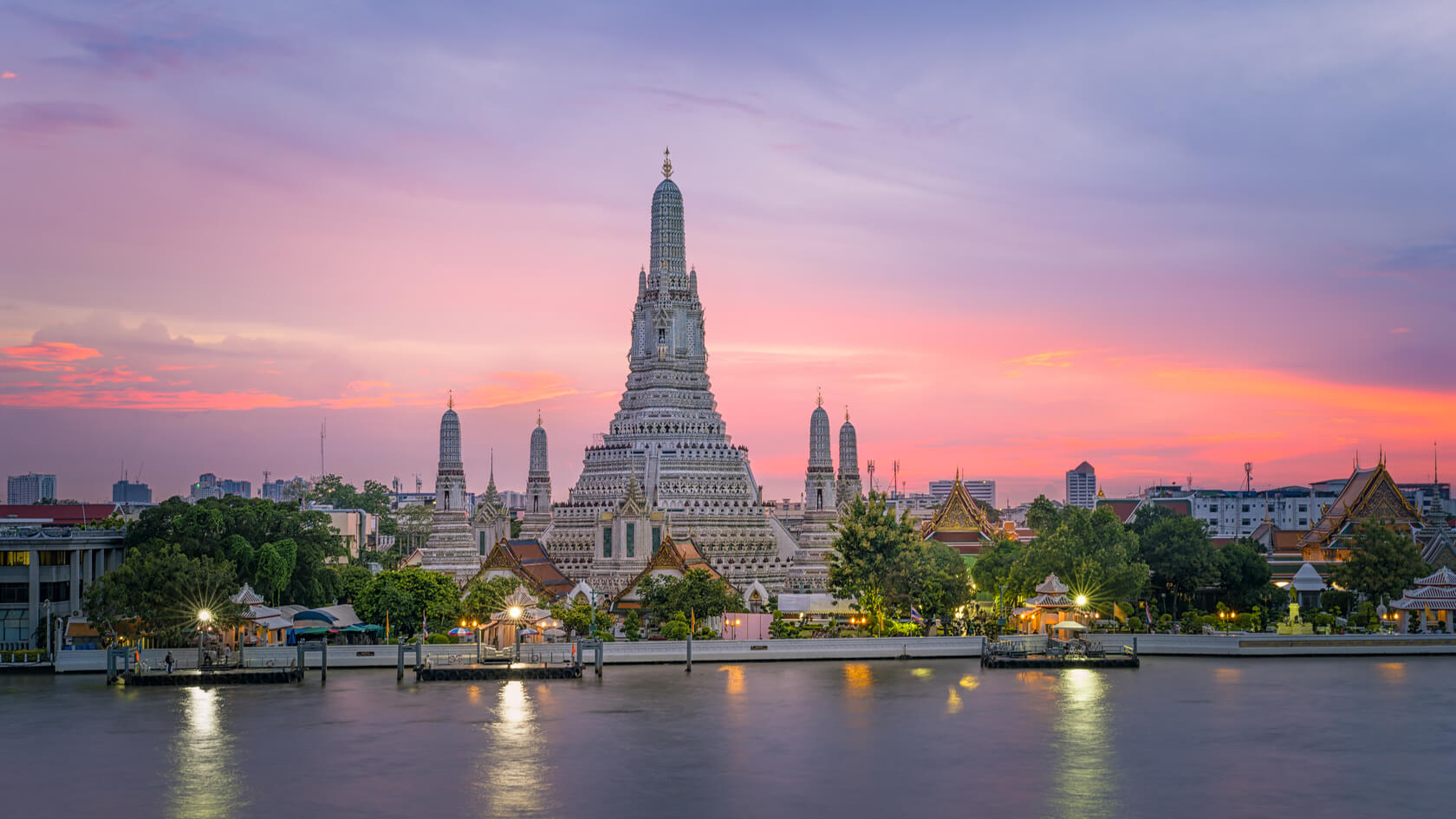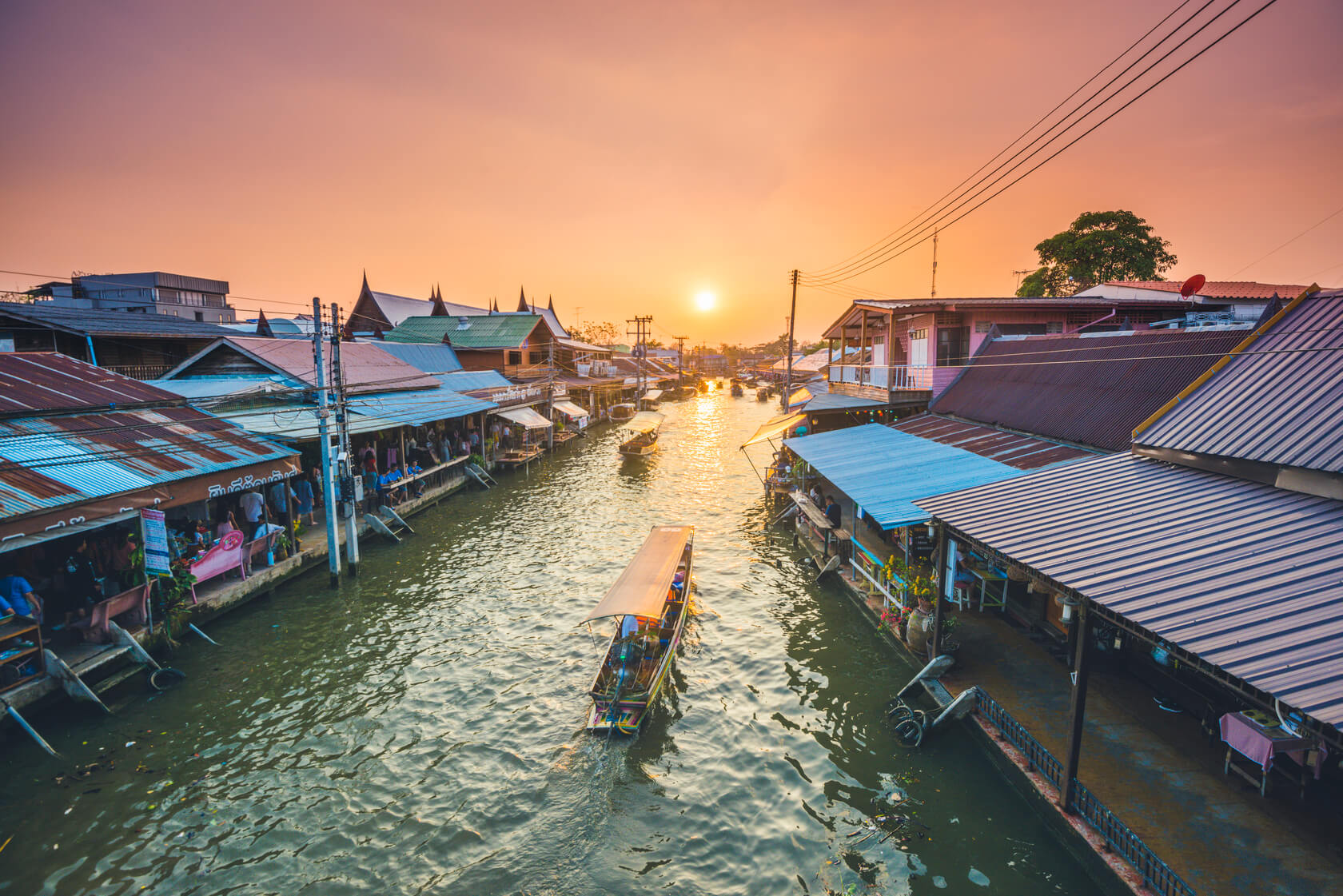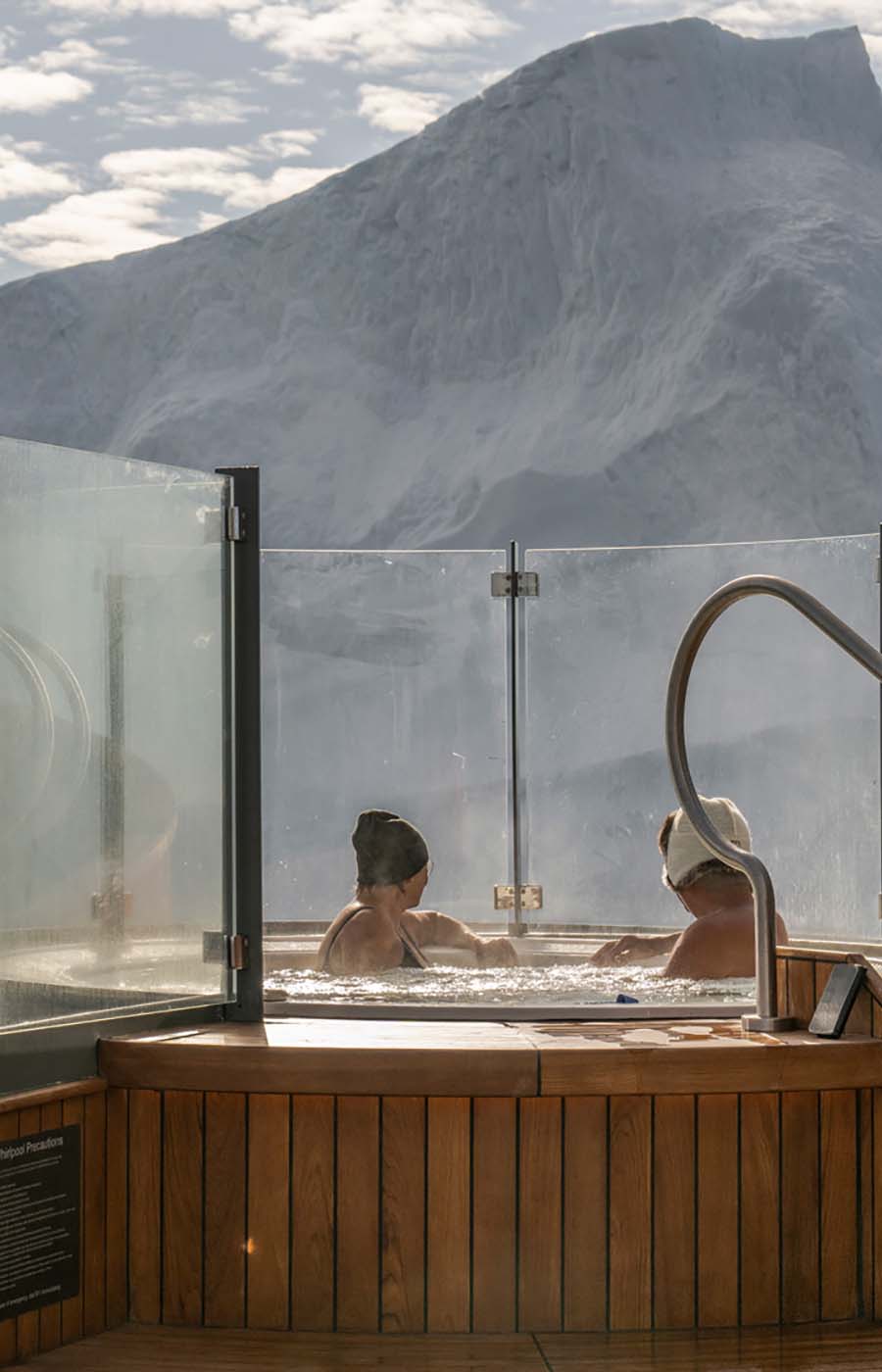Extravagant stories about some of Asia’s most famed and exalted families.
Behind the culture and scenery of Southeast Asia is a long lineage of dynasties, heroes and villains. In countries such as Thailand and Vietnam, that history is in plain sight, manifested in ancient ruins, elaborate temples, and palaces. Why not take the chance to absorb the fascinating history of two of Southeast Asia’s most illustrious countries?
On Seabourn’s 14-day cruise between Vietnam and Thailand, your stops between Singapore and Hong Kong can be a study in nature, as well as ancient civilization. You’ll learn how Vietnam’s current capital city of Ho Chi Minh City (Saigon) was preceded by Da Nang (Hue), and the stories behind monuments that trace former leaders’ reigns and losses of power. The capital city of Laem Chabang (Bangkok) is bursting with immersive experiences, from afternoon tea at The Mandarin Oriental to cooking classes at The Blue Elephant, where you can connect with and learn from the region’s culture while feeling like royalty yourself.
Sure, we love Meghan and Harry. But you can return from your Seabourn cruise with wild stories of decadence, love and greed behind some of the most iconic Southeast Asian royal landmarks. Here are some sites we’d recommend.
In Bangkok, the Grand Palace is a complex of structures, some of which were once inhabited by Thailand’s former kings and their courts until 1925. On the palace’s campus are gardens, pavilions and courtyards where you can roam and wander. Many monarchs of the Chakri dynasty, which still reigns, have lived on the grounds. One of its inhabitants was Rama II, who is considered a leader in Thai culture and created multiple holy holidays for Buddhists to observe.
From the Grand Palace, you can travel by ferry across the the Chao Phraya River to reach Wat Arun. The Buddhist temple, also known as “Temple of the Dawn,” predates the Chakri monarchy with a royal origin of its own. A man who became King Taskin traveled in 1768 to establish a new capital in Thonburi, according to legend, after a Burmese army was occupying his old town Ayutthaya. Once the home of the Emerald Buddha, the strikingly designed temple was later influenced by the tastes of Rama III, who added porcelain to the exterior so it shimmers under clear skies.
Consider maximizing your time on the water with a private Klong tour and discover why Bangkok has been called “The Venice of the East.” Many private boats on the island will escort you through klongs, or canals, to view the city’s famous temples, and even dock at the National Museum of Royal Barges, a study in fine arts and magnificently crafted architecture.
Now, onto Vietnam’s Hue, where you can be sure to visit the Khai Dinh Tomb. The former leader Khai Dinh, a prince who reigned between 1916 and 1925, wanted his grave to be lavish enough that you’d visit—a rarity among royals. Dinh was adamant about adapting to Western culture, to the dismay of Vietnamese nationalists, and advocated for his country to better understand.
Related Seabourn itineraries and amenities below
French civilization and Western science. Controversially, the tomb took 11 years to construct, and has become a symbol of Dinh’s obsession with wealth and status. His son, Bao Dai, became the last reigning empowerer of Vietnam, eventually stepping down in 1945.
Also in Hue, the Hue Imperial Citadel attracts visitors who also enjoyed Beijing’s Forbidden City. The citadel, home to a bonsai garden and brilliant photography on display, bears witness to wartime bombing of the 1960’s. The city square’s actual design was based on Chinese standards. The more you know, you know?
 In Bangkok, the Grand Palace is a complex of structures, some of which were once inhabited by Thailand's former kings and their courts until 1925.
In Bangkok, the Grand Palace is a complex of structures, some of which were once inhabited by Thailand's former kings and their courts until 1925.
 Once the home of Emerald Buddha, Wat Arun was later influenced by the tastes of Rama III.
Once the home of Emerald Buddha, Wat Arun was later influenced by the tastes of Rama III.
 Discover why Bangkok has been called the Venice of the East.
Discover why Bangkok has been called the Venice of the East.
 Khai Dinh Tomb : A prince who reigned between 1916 and 1925, wanted his grave to be lavish enough that you'd visit - a rarity among royals.
Khai Dinh Tomb : A prince who reigned between 1916 and 1925, wanted his grave to be lavish enough that you'd visit - a rarity among royals.

